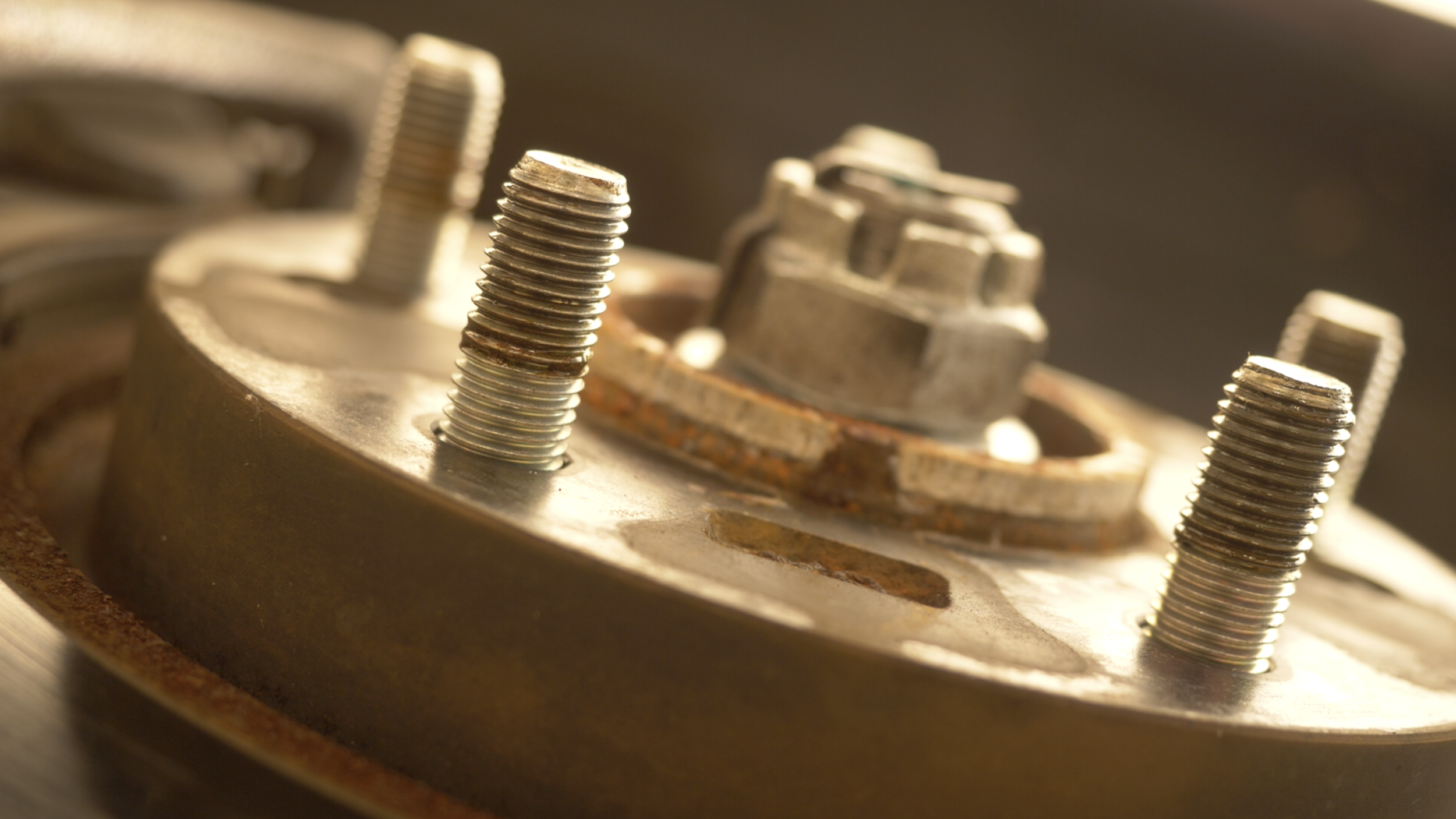Heavy lubrication and wheel nut torque
QUESTION
I really enjoy your channel (am a subscriber) and have urged others to watch thanks for passing on your auto knowledge to us that are well ... not as auto knowledgeable.
I have a question on the lubrication of lug nuts which I just did on the basis of having experienced the Rattle Gun Mafia at my local Tyre shop here in Darwin who just fitted my new tyres.
I took your advice and added an Impact wrench to my collection as the nuts could not be removed with the standard hand wrench ( speed 3 rattled the nuts off) and bought a Toledo Torque Wrench (personal shopping preferences).
I have a VE SS Utility and Torque is recommended at 170Nm + or – 20Nm so range would be (150-190). I very lightly lubricated the nut (not me) put about a match head of lube into the nut maybe even a bit less. Chose 175 Nm as a fair starting point and knocked off 30% =122.5 Nm which I tightened to 122Nm with the Torque Wrench.
My question is when Ajax and yourself mention heavily lubricated does that mean like... something you may do with a Ming Mole or a good dollop of lubricant, not the tiny amount I put in the nut and smeared on the face of the nut? I know you said in your roadside video just a small amount. Just confused with heavily lubricated in this context. Your advice much appreciated - Danny
ANSWER
Hey Danny - thanks for the kind words mate. I appreciate you watching my video reports.
The full background to this answer is here:
Download Ajax’s bolted joint handbook
So, just to spell this out, there are two lubricated states referenced by Ajax:
Lightly oiled
This means residually lubricated. As in, how the car rolls off the production line, with a small amount of residual lubrication on the studs. You might as well consider that ‘dry’ - only it doesn’t mean ‘after 10 years of rusting in a paddock’.
Heavily lubricated
This essentially means greased or oiled - and let’s not forget anti-seize is mainly grease. The amount of grease probably doesn’t affect the tightening process that much, as there’s a lot of tension and high clamping forces, so excess grease is squeezed out. The main reason I advocate a small amount of grease is so that it doesn’t get all over the inside of the wheel, and onto the brake disc, etc. Excessive application of anti-seize is merely going to waste the product and make your car filthy. (Plus - I can’t see wasted anti-seize on the brake rotors constituting any kind of advantage.)
Hope this helps, and thanks for your interest.

